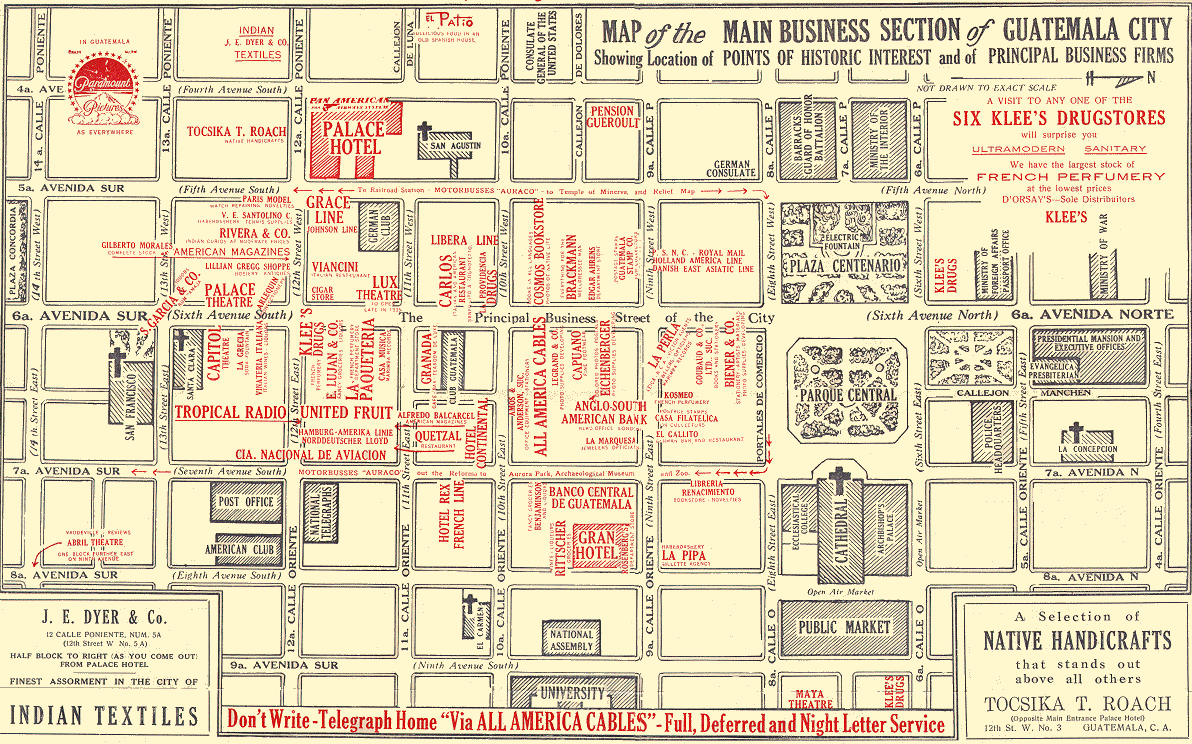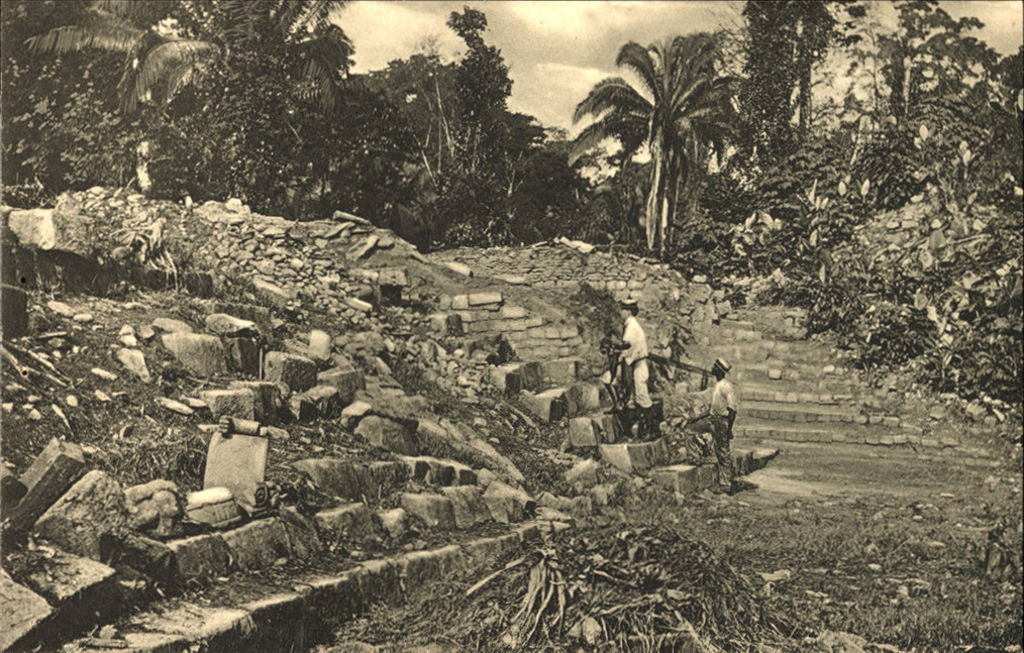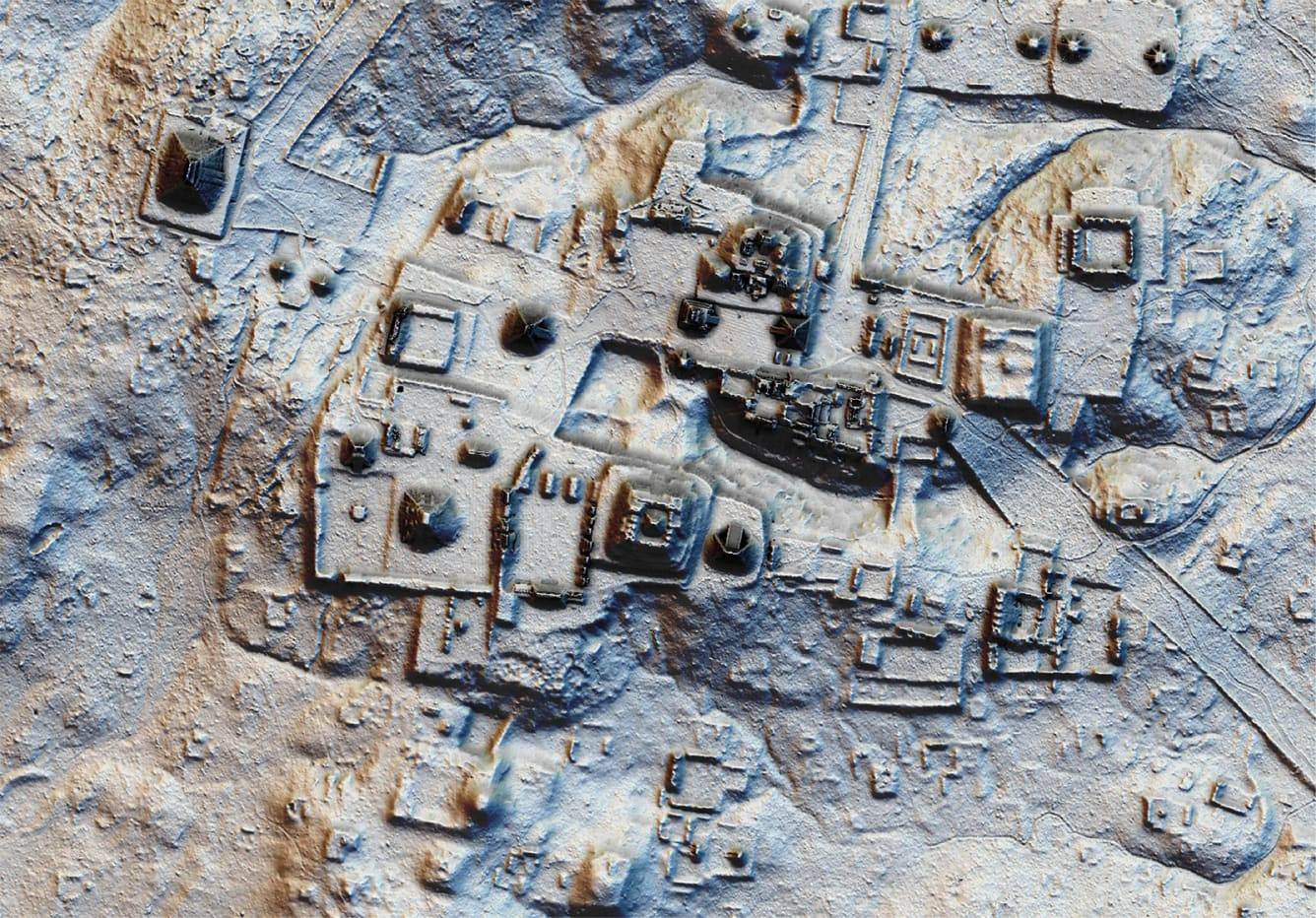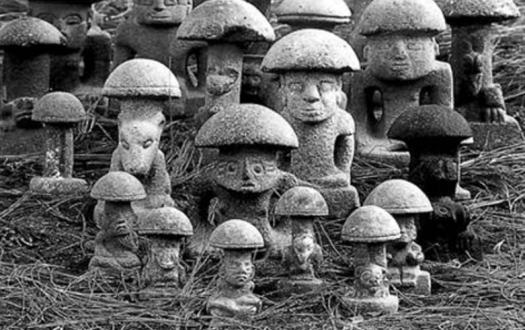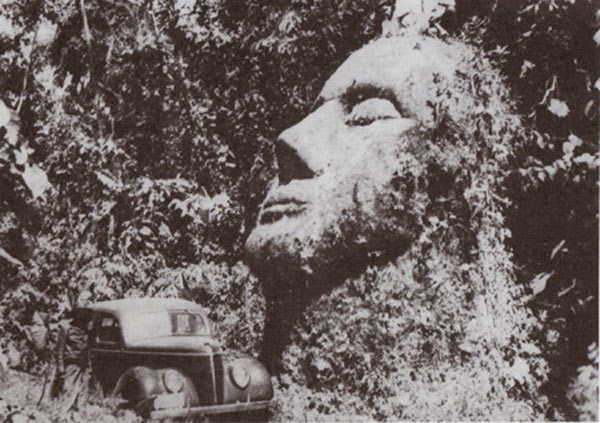
In the 1950s, in the jungles of Guatemala, a colossal stone head was discovered. The face had unusual features, such as thin lips and a large nose, and was found directed up at the sky. The features resembled a Caucasian man, which did not fit with any other art works of the time, as contact with Caucasians would have been nonexistent.
Years after its original discovery, it was found destroyed by Dr. Oscar Padilla, a doctor of philosophy and an ancient history enthusiast. He claimed that the head had been destroyed by anti-government rebels, who used it as target practice. The story of the stone head was recently picked up again by the filmmakers behind the documentary Revelations of the Mayans: 2012 and Beyond, who claimed that the photograph proved that extraterrestrials had contacted past civilizations.
During the filming of this documentary, a Guatemalan archaeologist, Hector E. Majia, was interviewed. He stated: “I certify that this monument presents no characteristics of Maya, Nahuatl, Olmec or any other pre-Hispanic civilization. It was created by an extraordinary and superior civilization with awesome knowledge of which there is no record of existence on this planet.”
The region the head was found in is famous for stone heads, but none resemble in any way the one found by Dr. Padilla. The head has raised many questions as to why it is there and who exactly built it. It is likely that we will never know the answers.
(Original Article found here: http://listverse.com/2017/04/02/10-unexplained-mysteries-of-the-jungle/ )
